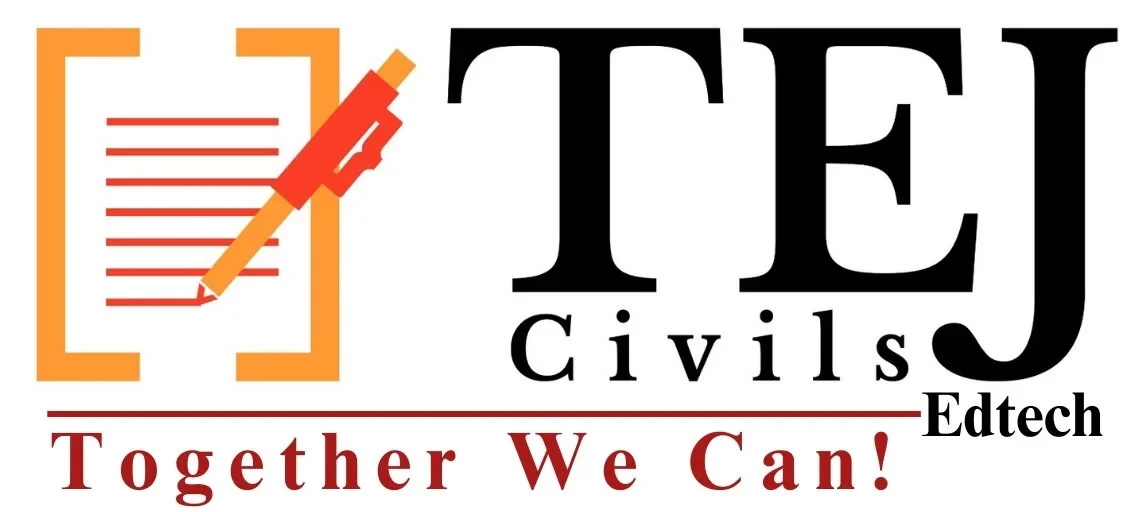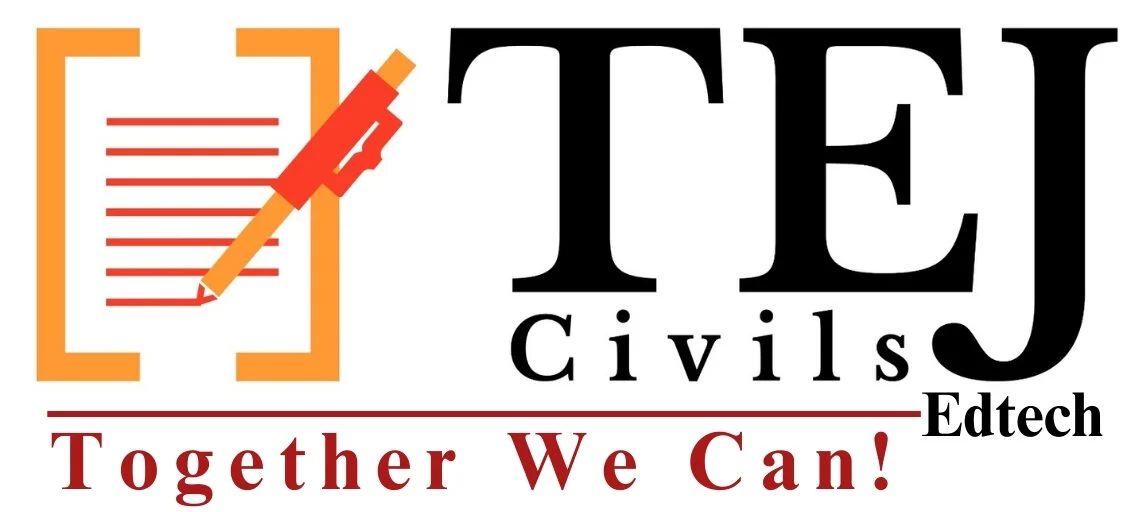Recently, the Supreme Court (SC) in its ruling emphasised the importance of seniority and effective consultation in the appointment of High Court judges
Supreme Court's Emphasis on Seniority and Effective Consultation in High Court Judge Appointments
Recently, the Supreme Court (SC) in its ruling emphasised the importance of seniority and effective consultation in the appointment of High Court judges.
Judicial Appointment Process:
Collegium System:
Established in Second Judges Case (1993) and Third Judges Case (1998).
- Chief Justice and two senior-most judges make appointment recommendations.
Memorandum of Procedure (MoP):
The High Court Collegium makes recommendations, reviewed by the center, with final approval by the President.
Development of Collegium System:
- First Judges Case (1981): Gave priority to the executive.
- Second Judges Case (1993): Introduced the Collegium system.
- Third Judges Case (1998): Expanded Collegium to five members.
Collegium System Drawbacks:
- Lack of transparency.
- Risk of nepotism ("Uncle Judge Syndrome").
- Delays and inefficiency due to the absence of a permanent appointment commission.





















